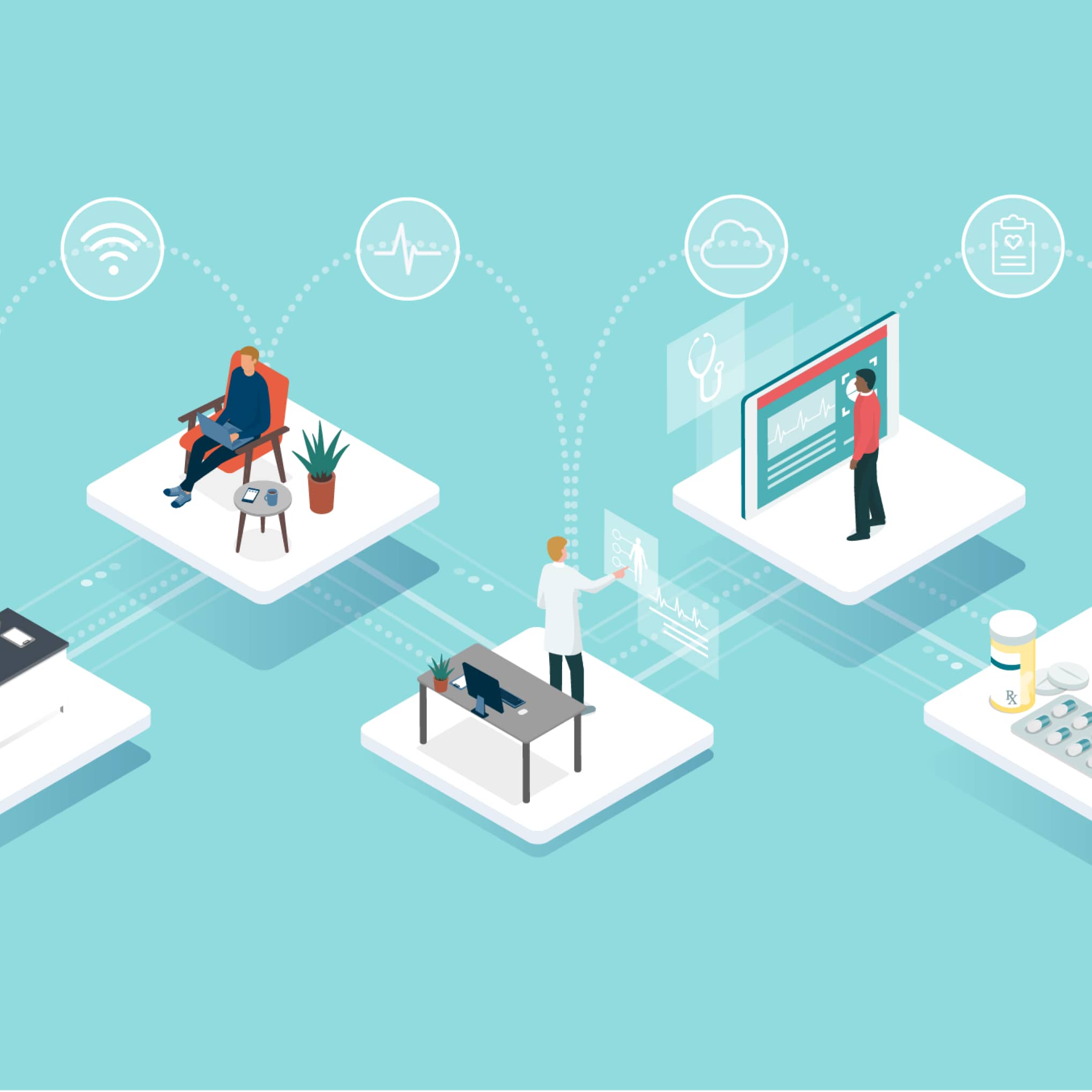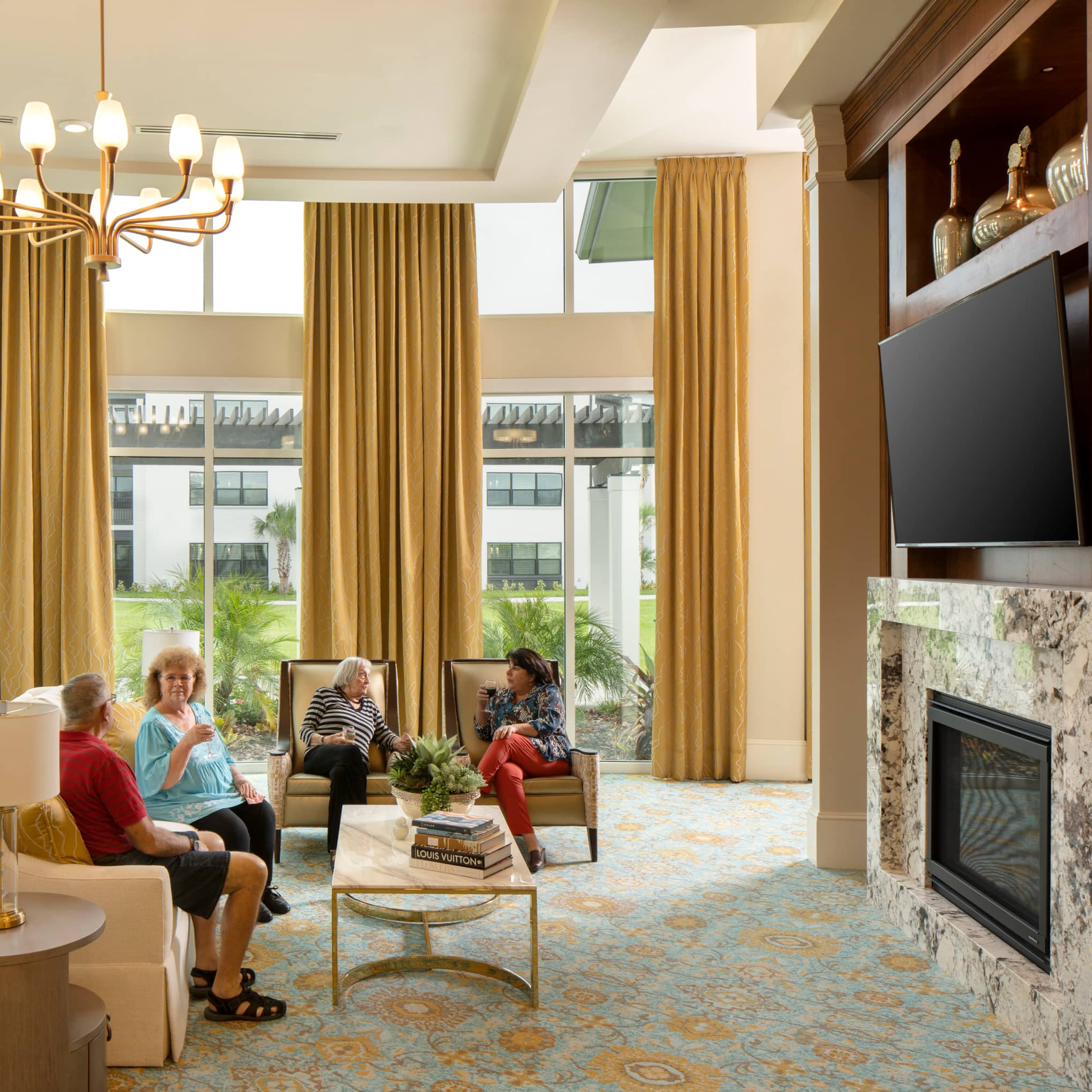
7 Things I Learned about the Future of Housing and Health Care While Teaching a Design-Build Studio
Each school year, HKS works with the College of Architecture, Planning & Public Affairs (CAPPA) at the University of Texas at Arlington (UTA) to teach the Design for Health graduate studio. The goal of the program is to foster stronger connections between architectural practice and education, while advancing new ideas about the future of design for health.
This year, we expanded our relationship to create a coalition that included HKS, CAPPA, UTA’s Multi-Interprofessional Center for Health Informatics (MICHI), and CADRE, the Center for Advanced Design Research and Evaluation, a not-for-profit research group founded and funded by HKS.
I co-taught this year’s studio with Julia Lindgren, and we decided to structure the design brief around a design-build project that would explore the question: can we design agile, independent dwelling units (AgDU’s) that adapt to their community and context as they shelter people through all stages of life? The AgDU’s would serve as homes for people ranging from singles, to families, to seniors. Building on the concept of aging in place, we discussed the idea of “staging in place,” which meant that we sought to design homes that could change over time and enable residents to remain in one place through every stage of life.

As teachers, we often have the good fortune of peering into the minds of our students, where preconceived ideas — formed and hardened from years in the field — are challenged and we are forced to break down complex ideas into digestible morsels of direction. Through this lens, we were able to explore the future of housing. This is what we learned:
1. We long to build together
As our world becomes increasingly virtual and digitally connected, we have also become increasingly disconnected — physically, emotionally, and spiritually. Yet the desire for connectivity remains. We saw this as students emerged from the fog of semesters of virtual learning and wholeheartedly embraced sawdust in their faces and sweating alongside their colleagues as they figured out construction details together in the lab. There was a longing for the tactile and to see their ideas become built realities. The pride expressed in their faces at the end of the semester as they stood by their completed construction sections was incredible.

2. Design is most powerful when its impact is personified
Early in the design process, we asked the students to create avatars for a resident of their ADU, with the goal of envisioning some health design parameters for their “client” and a neighborhood to ground the design. Each took the task to heart, bringing back detailed narratives of this aging person’s former, current, and future life, including their family, hobbies, community, and health profile. Many students tied these personas to someone they knew, which deepened their resolve to consider the impact of their design decisions on this person at every phase.

3. We have the technology to bring the clinic to the home
The recent global pandemic expedited growth in telemedicine that has been embraced by patients and medical personnel alike. Consultation is at our fingertips, while support for managing medication and physical monitoring is a Wi-Fi code away. This multiplies access to health exponentially.
4. Community is more important than technology
Mother Teresa once noted that developing countries were often afflicted by a “poverty of loneliness” in which our elders have been abandoned to suffer alone. Embedded in the design prompt for the AgDU, is the fact that the community could support the upcoming stages of the aging process. Many of the student groups took this to heart, narrating scenarios in which the unit would allow the resident to remain close to family members or that the AgDU would be built in clusters allowing residents to unite with their friends to care for each other and love their neighbor. Without these family and community connections, the AgDU model can’t be successful, because it would result in the same “poverty of loneliness” we currently experience.
5. Truly flexible design is hard
The Swiss really nailed it with their pocketknife, because creating a design that will work in any imaginable situation is hard to achieve. At a certain point in the design process, the designer must choose between the prioritization of seemingly conflicting design goals, visibility vs privacy for instance. Successful designs push the limits of these conflicting priorities, leaving each user with the feeling that the space was designed uniquely for them and their current and future needs.
6. To create agile dwellings, we need agile building codes
Our research of ADU legislation across the country revealed various levels of acceptance, which often required a great deal of expertise to navigate local zoning. While there are movements in many regions of the country to increase density, lending itself to favorable regulation, the size and nuance of the allowable application varies amongst jurisdictions.
7. Silos are bad; collaboration is good
This isn’t novel, but a reminder. Each of us has something that ignites us, a passion we’ve spent our life cultivating. The more of these passions, experiences, and expertise we can harness into a project – the bigger the possible wildfire for change and innovation. Julia Lindgren, my wonderful co-professor, brought an incredible design-build and building science expertise, coupled with a passion and extensive portfolio of community engagement and participatory design. Working alongside researchers from CADRE encouraged our team to approach the project with a heightened depth and breadth of background knowledge on the subject. Dr. Gabriela Mustata Wilson and her team from the UTA’s Multi-Interprofessional Center for Health Informatics brought detailed knowledge of the existing and emerging technologies, enriching the student projects. We tapped into our HKS Senior Living team’s in-depth knowledge in the field, key conversations for the students as they developed their patient profiles. Each student entered the studio with their own hometown, childhood, family situation, and unique passion that they brought to their group. As the exploration continues to grow and prototyping and research continues, we will continue to look for more sparks to set the industry ablaze.



